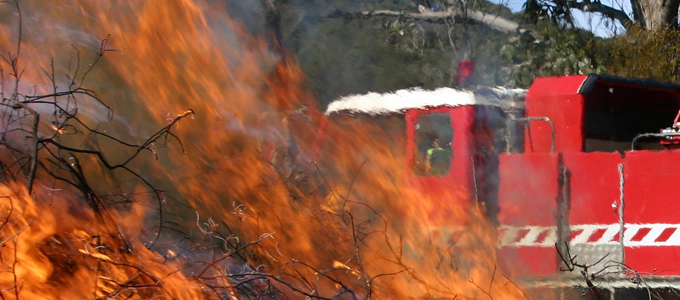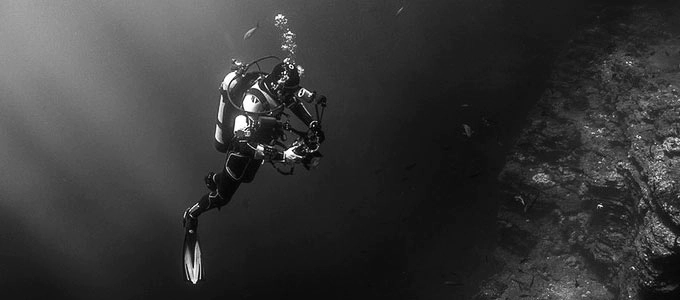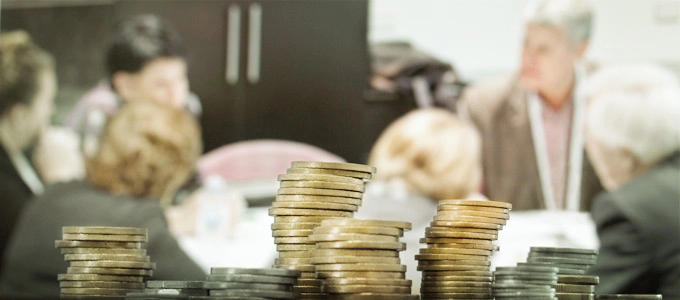strategy-risk
Disaster and Crisis: Dilemmas and Challenges for Boards
Published: August 11, 2014
Read Time: 4 minutes

The world in which our organisations have to operate is growing increasingly complex and turbulent. Organisations in the not-for-profit sector are being buffeted by an ever-increasing range of impacts on their operation and demand for their services.
There is an almost endless list of disasters and crises that might occur, but the one thing they have in common is that they force VERY rapid change on organisations. A little preparation can be incredibly valuable for an organisation trying to cope during a disaster or crisis. The challenges and dilemmas for boards centre on how to bring their experience, skills and networks to bear on governing their organisation through a period of very rapid change.
Extreme Events and Community Service Organisations
Community Service Organisations (CSOs) are highly vulnerable and not well prepared to respond to climate change or extreme weather events, with many small and medium-sized organisations at risk of permanent closure as a result of major damage to physical infrastructure and disruptions to critical services. For example, the survey results demonstrate that one week after an extreme weather event 50% of organisations that sustain serious damage to their premises would still be out of operation; 25% might never provide services again".
CSOs are the shock absorbers for every day adversity as well as crises”;
Adapting the community sector for climate extremes: ACOSS 2013
While the ACOSS report is concerned with extreme weather events, the same conclusion could be drawn for many other situations and which could significantly impact on an organisation’s objectives.
What is a crisis?
Crises are particularly challenging socio-political situations. A board’s approach to crisis management needs to reflect the nature of the crisis.
- Threat: Something very bad has happened or is about to happen.
- Uncertainty: This applies to both the nature and the potential consequences of the threat: What is happening and how did it happen? What’s next? How bad will it be? Uncertainty clouds the search for solutions: What can we do? What happens if we select this option?
- Urgency: Time compression is a defining element of crisis: the threat is here, it is real, and it must be dealt with as soon as possible.
Loss of confidence by key stakeholders, such as the general public, politicians, donors, media and clients, may occur during a crisis and place very significant strain on organisations.
How can the board contribute to the organisation and to the community it serves in these challenging environments?

Figure 1 is a very simple model of an organisation that it might be valuable to reflect on. The fundamental role for the board is to provide direction and guidance to the executive and managers who use resources to achieve the organisation’s purpose. This is just as relevant to non-routine environments as it is to everyday activity.
In routine environments the board spreads its time across the four areas of activity described in Fig 2. Each board has to make decisions about how it allocates time and resources to these four aspects of their work. When a disaster or crisis strikes, the same functions have to continue except they must to be carried out under high levels of uncertainty and time pressure. This might involve providing direction and guidance on key objectives so the executive can better allocate limited resources. What should we continue doing? What can we drop? How might the control system of the organisation be modified to cope with a radically different environment?

A critical part of becoming better prepared for disasters and crises is to think through how the four broad areas of board activity could be affected during a range of events and situations. Short scenarios and discussions around issue identification and management can be very useful preparation.
There are two broad challenges and some typical questions to be addressed by the board:
What are the Board’s responsibilities and tasks in an event or situation?
- How will strategy be impacted?
- What interdependencies exist with other stakeholders. Who do we depend on?
- What new partnerships might need to be forged?
- Who will monitor and engage key stakeholders?
- What should the chair be considering when advising stakeholders?
How will the board operate in a disaster or crisis?
- What constitutes a quorum in a sudden event?
- How and where will the board meet at short notice?
- What if the chair is unavailable?
- Does the board have a crisis or disaster plan?
- What can the board do to prepare themselves and have assurance that appropriate systems are in place in the organisation while maintaining a strong focus on objectives and critical activities?
Governing in turbulent times is fraught with challenges and dilemmas for boards, but with some development and a little preparation the capacity of a board to provide direction for an organisation through difficult times can be greatly improved. The board also has a vitally important assurance role in ensuring that their organisation can cope effectively with disasters and crises and so continue to make a contribution to the wellbeing of our society.
This article first appeared in the 2013 Better Boards Conference Magazine.
Share this Article
Recommended Reading
Recommended Viewing
Author
-
Adjunct Associate Professor
Queensland University of Technology
- About
-
Michael has worked in education and research in disaster management for the past 25 years. He was an Assistant Director leading research and development at the Australian Emergency Management Institute (1997-2012). He holds adjunct appointments; including Associate Professor in the Public Health Faculty at Queensland University of Technology and in the Department of Tropical Medicine at James Cook University Townsville. He has presented to conferences, run courses and workshops in Thailand, Japan, New Zealand, Sweden, Philippines, Tunisia, United Arab Emirates, Italy, China, Switzerland, England, Canada and the US. He is an Advisory Board Member for a range of organizations and projects including the NERAG Review and SIMTEC (Vancouver Canada). Since 1996 Michael has worked at a national level as member of Standards Australia, Risk Management Committee and is a joint author of the Australian Standard on Business Continuity-Managing Disruption Related Risk AS/NZS 5050 and risk management handbooks. He has written and contributed to a wide range of emergency management publications over many years. He is a technical expert to three ISO TC 223 working groups on societal security.
Found this article useful or informative?
Join 5,000+ not-for-profit & for-purpose directors receiving the latest insights on governance and leadership.
Receive a free e-book on improving your board decisions when you subscribe.
Unsubscribe anytime. We care about your privacy - read our Privacy Policy .







